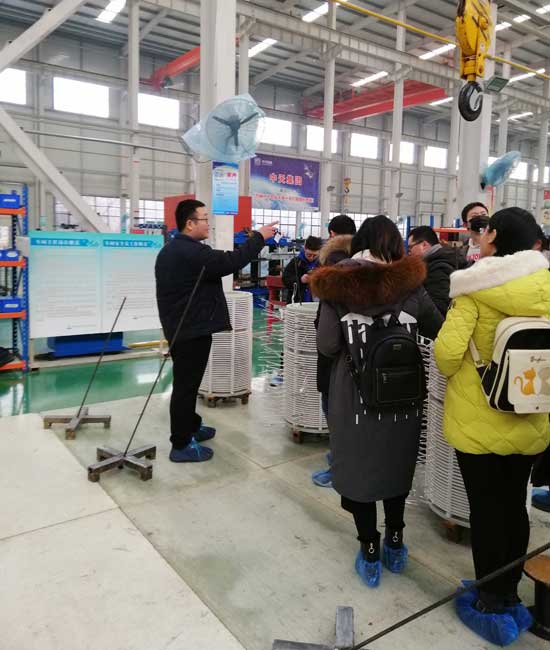What is Step Down Transformer?
A step down transformer is meant to reduce the output voltage, which means it functions to convert high voltage with low current power into a low voltage with high current power. Let us consider an example, our power circuits carry a voltage between 230- 110 v, but electrical equipments like the bell require only 16 v. Therefore, the step down transformer acts upon the current to reduce the voltage from 230- 110 v to 16v. For supplying in different areas, voltages are stepped down to 440v or 230v for reasons of safety. To make this reduction in voltages successful, the number of turns on secondary winding or coils is less than the primary winding resulting in less voltage being induced at the secondary output (at the end) of the transformer.

The Power in a Step Down Transformer
The power in a transformer is measured by using the product of the voltage and the current. The power in a transformer is rated in Volt – Amps VA (or in kilo Volt – Amps kVA for larger transformer sets).
The power according to the design of the transformer is almost always constant which means the power available at the secondary end of the transformer is same as the power as the power at the primary end of the transformer.
This theory is even applicable in a step down transformer. But, in this case the voltage is at the secondary coil of the step down transformer is lesser than that at the primary coil, the current at the secondary coil increases to balance the total power of the transformer.